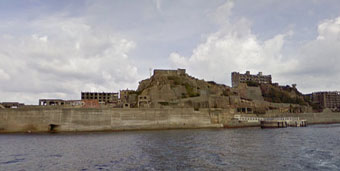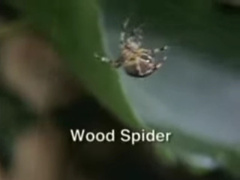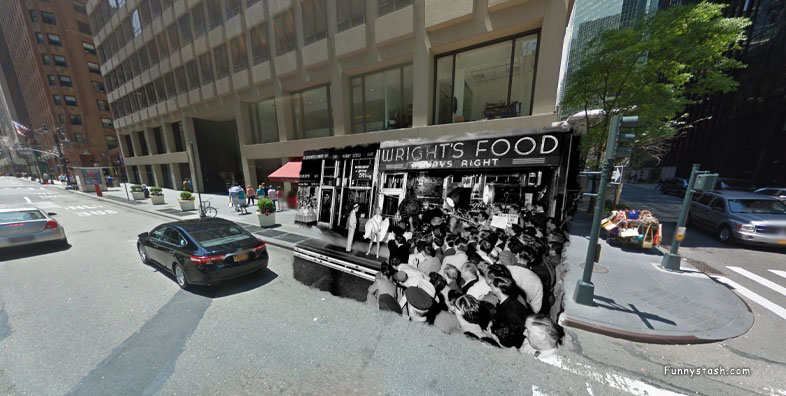Lochness Scotland find Nessie in these panoramic Vr Tour 360° map view Travel Locations
Link Location Gps ← Find Best directions
Gps Coordinates / 57.146193,-4.674331
Lochness monster Boat Travel n Adventure 360 Links
48WG+F7F Fort Augustus Lochness Scotland
This is where the Lochness monster lives, find nessie, we now have a boat no need to go by road, there's even a sightseeing view under the water now, so you really can have a good look for him/her possibly both!
Loch Ness has more water than all the lakes in England and Wales combined
Gps Coordinates 57.146042, -4.672915
Lochness Complete with spooky underwater VR Photo-sphere tours with beautiful ancient back-drops, you start to forget that Nessies lurking somewhere
Link Location Gps / Gps Link -4.6801024 / Gps Link -4.6796389 / Gps Link -4.6773767
Gps Coordinates / 57.1450529,-4.6801024 / 57.1451367,-4.6796389 / 57.145805,-4.6773767
In folklore, the Loch Ness Monster, or Nessie, is an aquatic being which reputedly inhabits Loch Ness in the Scottish Highlands. It is similar to other supposed lake monsters in Scotland and elsewhere, and is often described as being large in size, with a long neck and one or more humps protruding from the water. Popular interest and belief in the creature has varied since it was brought to worldwide attention in 1933. Evidence of its existence is anecdotal, with few disputed photographs and sonar readings.
Loch Ness is a large freshwater loch in the Scottish Highlands extending for approximately 23 miles southwest of Inverness. It is named for the River Ness, which flows from the northern end. Loch Ness is best known for alleged sightings of the cryptozoological Loch Ness Monster, also known affectionately as "Nessie" (Scottish Gaelic: Niseag). It is one of a series of interconnected, murky bodies of water in Scotland. It's water visibility is exceptionally low due to a high peat content in the surrounding soil. The southern end connects to Loch Oich by the River Oich and a section of the Caledonian Canal. The northern end connects to Loch Dochfour via the River Ness, which then ultimately leads to the North Sea via the Moray Firth.
Link Location Gps / Gps Link -4.6754274 / Gps Link -4.6749701 / Gps Link -4.6746564
Gps Coordinates / 57.1461749,-4.6754274 / 57.146229,-4.6749701 / 57.1462312,-4.6746564
Link Location Gps / Gps Link -4.6744234 / Gps Link -4.6738891 / Gps Link -4.6730007
Gps Coordinates / 57.1462084,-4.6744234 / 57.1460812,-4.6738891 / 57.1455045,-4.6730007
Loch Ness is known as the home of the Loch Ness Monster (also known as "Nessie"), a cryptid, reputedly a large unknown animal. It is similar to other supposed lake monsters in Scotland and elsewhere, though its description varies from one account to the next. Popular interest and belief in the animal's existence have varied since it was first brought to the world's attention in 1933.
Link Location Gps / Gps Link -4.6722818 / Gps Link -4.6714093 / Gps Link -4.6688792
Gps Coordinates / 57.1447743,-4.6722818 / 57.1432813,-4.6714093 / 57.1398062,-4.6688792
Loch Ness serves as the lower storage reservoir for the Foyers pumped-storage hydroelectric scheme, which was the first of its kind in the United Kingdom when it opened in 1975.
Link Location Gps / Gps Link -4.6655684 / Gps Link -4.6629716 / Gps Link -4.6560716
Gps Coordinates / 57.1406354,-4.6655684 / 57.1423008,-4.6629716 / 57.1468713,-4.6560716
The turbines were originally used to provide power for a nearby aluminium smelting plant, but now electricity is generated and supplied to the National Grid. Another scheme, the 100-megawatt Glendoe Hydro Scheme near Fort Augustus, began generation in June 2009. It was out of service between 2009 and 2012 for repair of the tunnels connecting the reservoir to the turbines.
Link Location Gps / Gps Link -4.644557 / Gps Link -4.638463 / Gps Link -4.6363018
Gps Coordinates / 57.1534601,-4.644557 / 57.1581736,-4.638463 / 57.1593133,-4.6363018
In the first, a spring in a valley had been enchanted by Daly the Druid for purity, with the admonition that the well opening must be covered by a stone whenever not in use, or else "desolation will overtake the land". One day a woman left the well uncovered when rushing to save her baby from a fire, and it overflowed and filled the vale, forming the loch. The inhabitants cried out "Tha loch 'nis ann, tha loch 'nis ann!" ("There's a loch now, there's a loch now!"), and so it was named "Loch Nis"
Link Location Gps / Gps Link -4.627202 / Gps Link -4.6234755 / Gps Link -4.6193058
Gps Coordinates / 57.1650745,-4.627202 / 57.1681283,-4.6234755 / 57.1711463,-4.6193058
A second legend, named "The Tales of the Sons of Uisneach" by Mackay and now considered part of the Ulster Cycle of Irish mythology, recounts the Irish woman Deirdre or Dearduil, "the most beautiful woman of her age", who was courted by the king of Ulster, Conachar MacNessa, she fell in love instead with his cousin Noais, son of Uisneach.
Link Location Gps / Gps Link -4.5991361 / Gps Link -4.5675081 / Gps Link -4.335318
Gps Coordinates / 57.186168,-4.5991361 / 57.210768,-4.5675081 / 57.4084796,-4.335318
They fled to Scotland and were married on the banks of the loch, but Noais was slain by MacNessa, and the Loch Naois, River Naois, and Iverness were named after him. Mackay claims that while these legends are not the "true" origin of the name, that many places in the district have names associated with "The Tales of the Sons of Uisneach", and that the same tales have Conachar MacNessa's mother as the river goddess Ness. He argued instead that the etymology of the Celtic "Ness" derived from earlier words for "river".
Link Location Gps / Gps Link -4.3422849 / Gps Link -4.3625048 / Gps Link -4.3746908
Gps Coordinates / 57.4039834,-4.3422849 / 57.3916428,-4.3625048 / 57.3802277,-4.3746908
The following fish species are native to Loch Ness. A number of others such as perch and roach have been introduced in the Loch or Caledonian Canal with various levels of success.
Link Location Gps / Gps Link -4.3855315 / Gps Link -4.3907039 / Gps Link -4.4066087
Gps Coordinates / 57.369699,-4.3855315 / 57.3644005,-4.3907039 / 57.3516195,-4.4066087
In July 1966, Brenda Sherratt became the first person to swim the length of the loch. It took her 31 hours and 27 minutes.
Link Location Gps / Gps Link -4.4337071 / Gps Link -4.4435735 / Gps Link -4.4436223
Gps Coordinates / 57.337751,-4.4337071 / 57.3358654,-4.4435735 / 57.3288502,-4.4436223
Its surface is 52 feet above sea level. It contains a single, artificial island named Cherry Island (Scottish Gaelic: Eilean Muireach) at the southwestern end. There are nine villages around the loch, as well as Urquhart Castle, the village of Drumnadrochit contains a "Loch Ness Centre and Exhibition".
Link Location Gps / Gps Link -4.4418406 / Gps Link -4.4412724 / Gps Link -4.4404566
Gps Coordinates / 57.3256647,-4.4418406 / 57.3253756,-4.4412724 / 57.3249189,-4.4404566
At Drumnadrochit is the "Loch Ness Centre and Exhibition" which examines the natural history and legend of Loch Ness. Boat cruises operate from various locations on the loch shore, giving visitors the chance to look for the "monster". Urquhart Castle is located on the western shore, 2 kilometres (1+1/4 miles) east of Drumnadrochit.
Link Location Gps / Gps Link -4.4405184 / Gps Link -4.4409854
Gps Coordinates / 57.3244107,-4.4405184 / 57.3239048,-4.4409854
Lighthouses are located at the northern and southern ends at Lochend (Bona Lighthouse) and Fort Augustus. There is an RNLI lifeboat station on the northern shore near Drumnadrochit, which has been operational since 2008 and was the first non-coastal RNLI station. It is staffed by a volunteer crew and equipped with an inshore lifeboat (ILB).































































